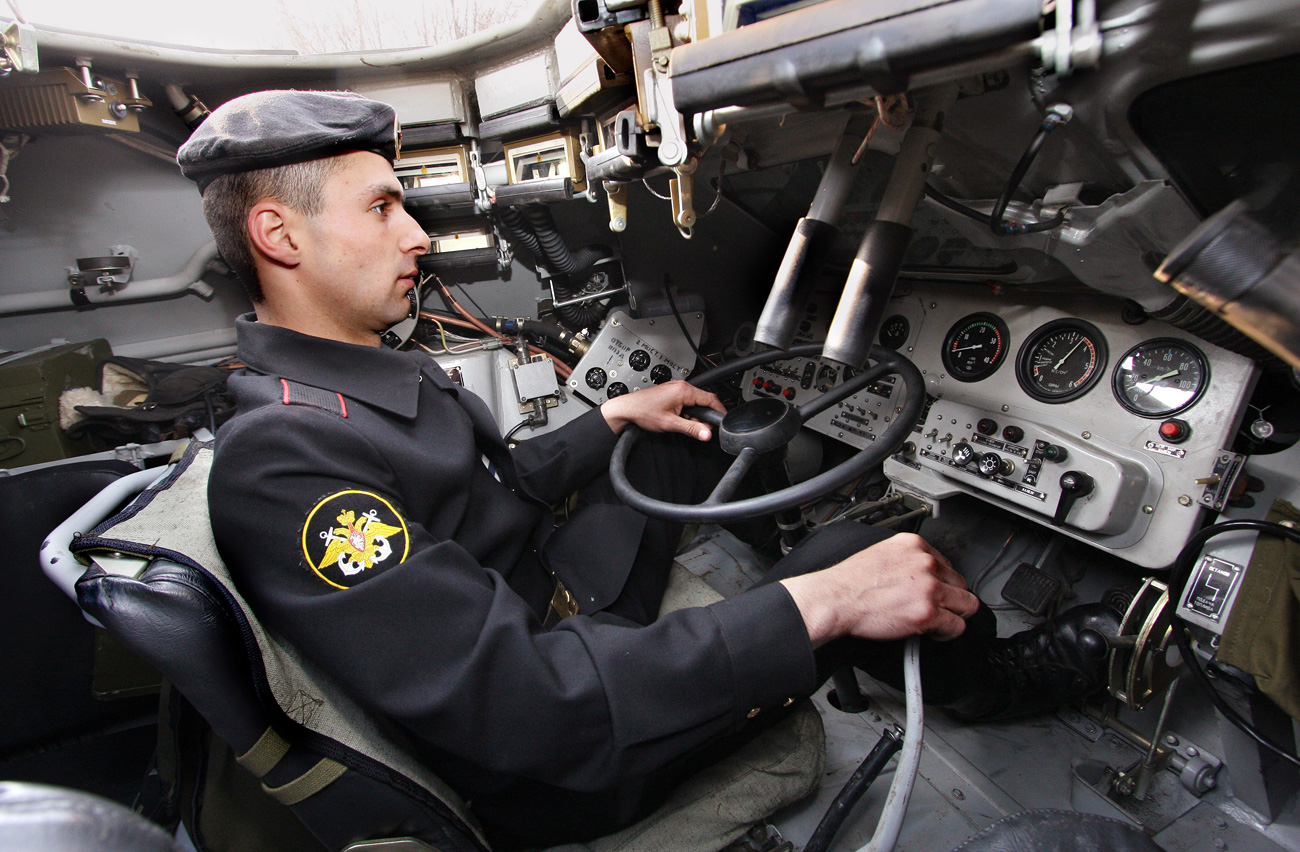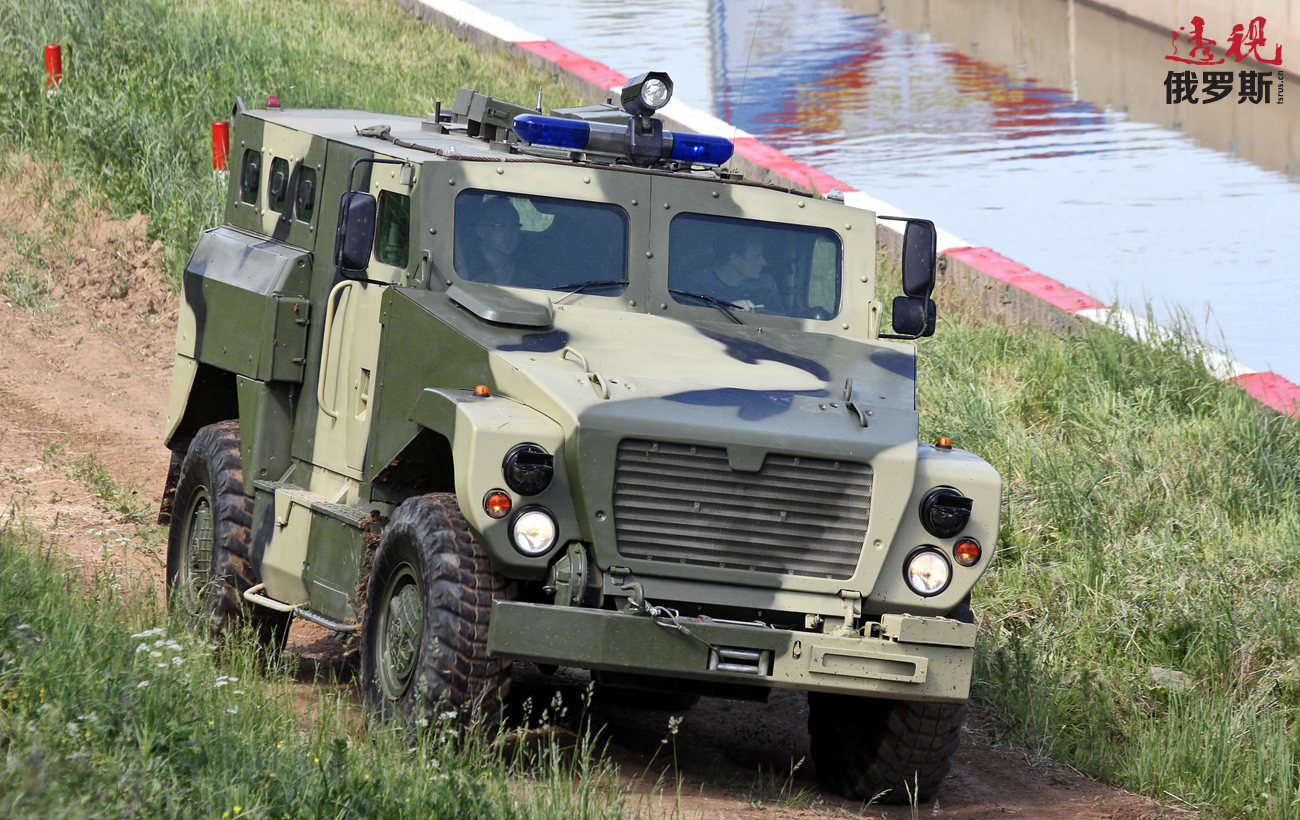Armoured vehicles in Russia to get brains

The GALS-D4 can operate in several modes.
Vitaliy Ankov/RIA NovostiRussian armoured and military motorized vehicles are going to be equipped with modern information management systems, which will facilitate the monitoring of their condition and will provide reliable navigation and remote control stations for weapons systems in future.
The unique GALS-D4 complex has to perform several tasks including continuous monitoring of performance capabilities of all components and assemblies. The computer monitors the readings of sensors, alerts the crew about any faults, and transmits data on the state of the vehicle to command posts.
In addition to diagnostic capabilities, the GALS-D4 has navigation equipment and records the route traveled by the vehicle, with the information about the condition and whereabouts of the vehicle over the last 10 years securely stored. Developed by the Volna Central Research Institute, this system is already installed in several armoured vehicles of the Typhoon family at the moment and undergoing pilot testing by the Ministry of Defence.
The system consists of several blocks weighing 1 to 2.5 kg, with computing, microprocessor and navigation elements compactly placed under the seats of the driver and commander of a combat vehicle. Elements of the system place the received information on 20-inch touch screen displays, located directly before the vehicle commander.
“At present, the construction works on this system have been completed, and it is now being tested as a finished product,” Sergey Moiseenko, Chief Designer at the Volna Central Research Institute told Izvestia. “The system will continue to be refined and, next year, it will get a new feature – the touch screen will display remote control for weapons stations, which in the future can be installed on the vehicles.”
The GALS-D4 can operate in several modes. In diagnostic mode, the touch screen device displays performance indicators of all the vehicle’s components, equipped with electronic monitoring units. The device operator will be able to get detailed information about the condition of the engine – oil pressure in the system, the number of operating hours completed, and the time till the next scheduled maintenance.
In the navigator mode, the screen displays the pre-loaded map of the area, on which the operator, with satellite navigation, will be able to see the location of his combat vehicle.
“Initially, onboard and combat information control systems appeared on ships, as a means of communications between all electronic components and the ship’s weapons systems, combined into a single centrally managed system,” military expert Oleg Zheltonozhko told Izvestia. “At that time, this was a huge computer system which, because of its size, could not be used anywhere else except on ships. The miniaturization of electronic components has allowed, since the late 1980s, to begin installation of such systems on land equipment.”
Zheltonozhko said such information management systems are relevant primarily for vehicles equipped with multiple weapons systems for different combat situations, as well as quite a wide range of intelligence gathering assets.
“In Russia today, such systems have already been installed on the prospective Armata tanks, which have a number of overlapping target detection systems, as well as full monitoring of their technical conditions,” said Zheltonozhko.
First published in Russian by Izvestia.
All rights reserved by Rossiyskaya Gazeta.
Subscribe
to our newsletter!
Get the week's best stories straight to your inbox

